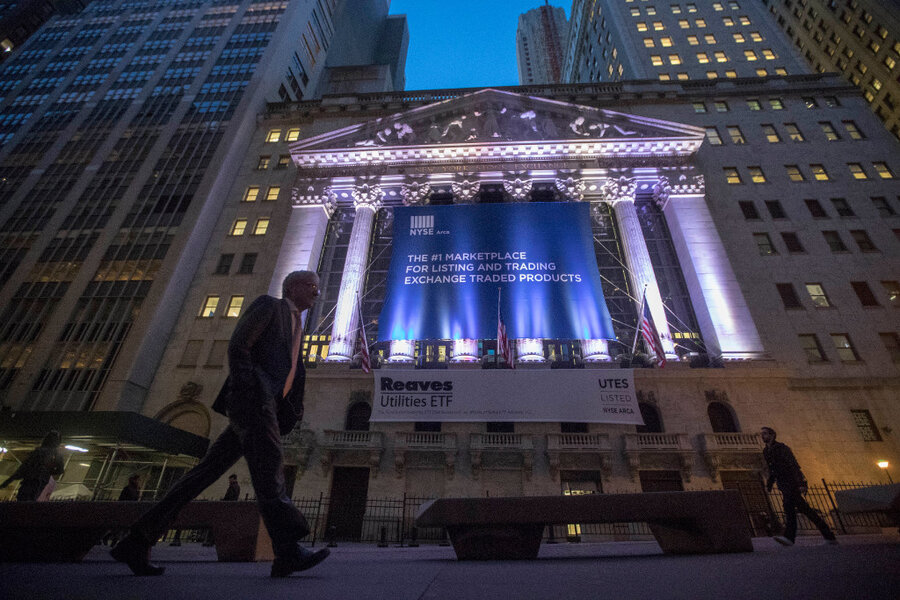How to choose between actively and passively managed funds
Loading...
What’s been the hottest investment vehicle in recent years? Arguably, it’s passively managed index and exchange-traded funds (ETFs). These investment choices may not have a lot of sizzle, but they are proving to be popular with investors.
About $504 billion of new money came into index funds and ETFs in 2016, according to Morningstar. That’s a 21 percent increase over the previous year. Meanwhile, over $340 billion exited actively managed funds in 2016, a 47 percent increase in outflows over the prior year.
As passive management draws in more and more investors, it’s easy to overlook some of the advantages active management can add to a portfolio. Investors would be well advised to consider these advantages when constructing a portfolio around their specific investment goals.
Active Versus Passive, Explained
What’s the difference between an active and passive fund? It depends on how the fund’s portfolio is managed. In an active fund, decisions to buy or sell investments in the portfolio are made by an investment manager or team of managers.
In a passively managed fund, there may be one or more managers at the helm, but all decisions are dictated by the fund’s benchmark index. Investments are added to the fund portfolio when they are added to the index. Likewise, investments are removed from the portfolio when they’re removed from the index.
There are two good reasons behind the surge in passively managed and index fund popularity. First, the costs are cheaper. Morningstar found the average passive fund charged 0.18 percent annually in fees in 2016, much lower than the 0.78 percent charged by the average active fund.
Second, performance has been better. It’s rare that an active fund manager actually beats their benchmark index. At the midpoint of 2016, only around 10 percent of actively managed U.S. stock funds had outperformed their benchmark indexes over the previous 12 months, according to S&P Dow Jones Indices. The story is much the same for managers of active U.S. government bond funds and investment-grade corporate bond funds.
When Active Funds May Be Better
Even with the recent popularity of passively managed funds, there remain thousands of actively managed funds available to investors in the marketplace. Many active funds can fulfill a specific purpose in an investment portfolio, depending on market conditions or an investor’s goals.
For example, active funds can stand out when markets are moving sideways or are extremely volatile. When the stock market lacks direction, active managers can seek out specific investment opportunities that can lead to outperformance. During the sideways market from 2000-2008, around two-thirds of actively managed large-cap stock funds beat the benchmark S&P 500 Index.
Active funds can also shine when stock indexes are trending downward. Where an index fund would have to ride a market downturn all the way to the bottom, an active manager can make changes to the portfolio at any time and seek to blunt the impact of widespread losses.
Active management has can also be valuable within certain asset classes. Bonds, for example, move in relation to interest rates: bond values rise when rates fall, and fall when rates rise. An active bond manager can adjust a portfolio when rates are rising, selling bonds that are more sensitive to interest rate increases and buying bonds that won’t decline as much when rates rise.
Global markets are another area where active funds can stand out. That’s because international indexes can be broad in the regions they cover. Opportunities for outperformance may appear in specific countries where business is booming or the current government supports economic growth. An active international manager can zero in on countries that have potential for strong returns, and by extension seek to beat a broad-based index.
A Blend Of Choices
Despite the trends in fees, performance and popularity, active funds can have a place in many investment portfolios, often working alongside a core portfolio of passively managed index funds or ETFs.
When looking at active funds, research the managers’ investment strategies and compare costs against a peer group and other benchmark index funds. Depending on your investment goals and personal financial situation, a blend of active and passive strategies may be suitable to meet your investment needs.
This story originally appeared on ValuePenguin.





